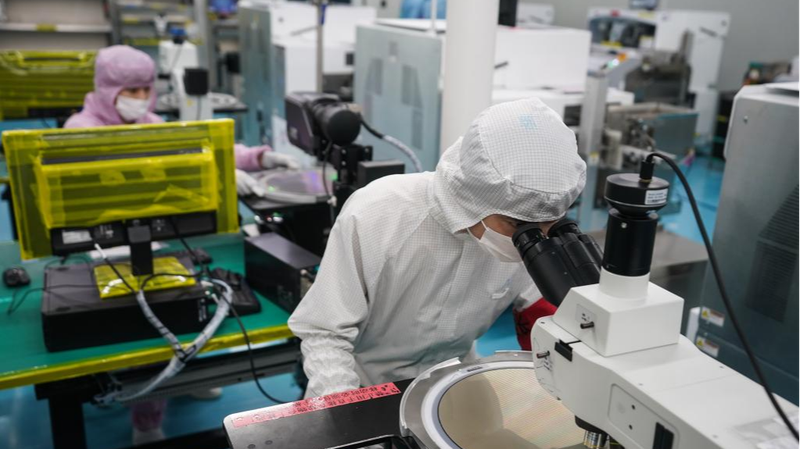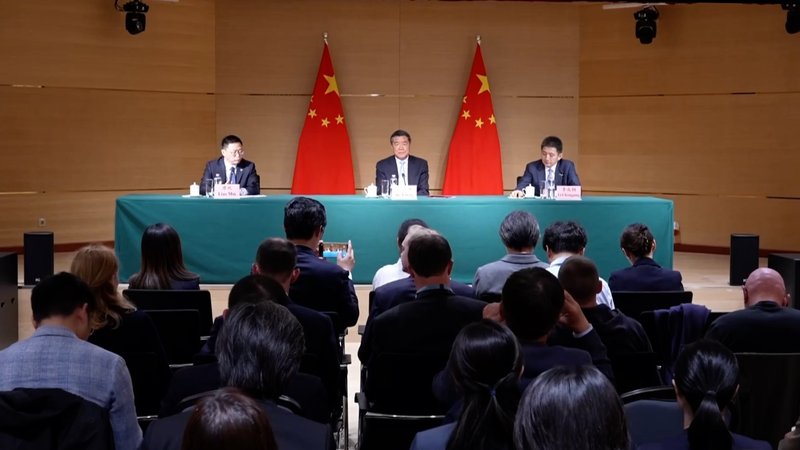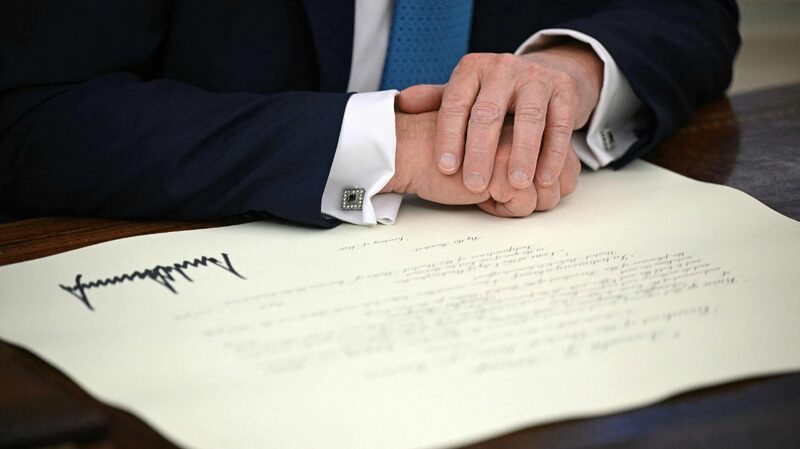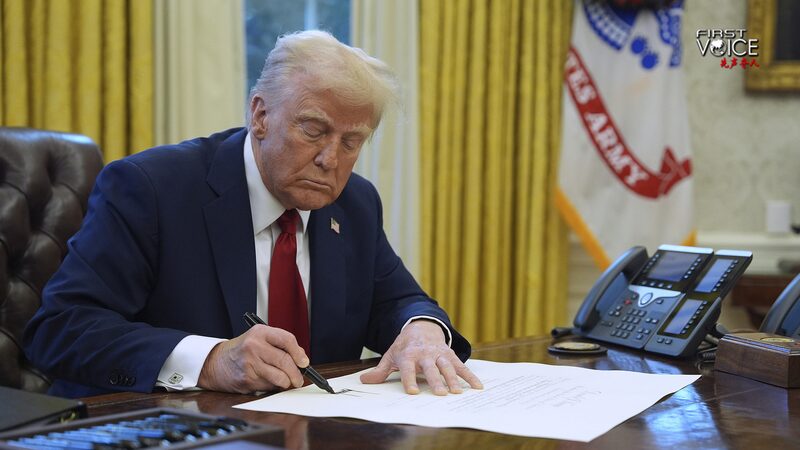High-level trade discussions between China and the U.S. this week marked a pivotal moment in bilateral relations, with both sides addressing longstanding disputes while navigating an increasingly interconnected global economy. The dialogue focused on tariff suspensions, semiconductor trade restrictions, and supply chain coordination, according to China's Ministry of Commerce.
Vice Minister of Commerce Li Chenggang characterized the exchanges as "candid, in-depth, and constructive," highlighting progress on technical barriers affecting maritime industries and pharmaceutical trade. The talks come as recent studies reveal unintended consequences of protectionist measures – U.S. tariffs imposed since 2018 have increased average household expenses by $1,300 annually while complicating inflation control efforts, per Peterson Institute analysis.
The semiconductor sector emerges as a key battleground, with U.S. export controls accelerating China's domestic chip production capabilities. While American firms face reduced access to China's massive electronics market, Chinese manufacturers report 28% year-over-year growth in mature-node semiconductor output, signaling shifting technological landscapes.
Agricultural markets tell a parallel story – China's strategic shift to South American soybean suppliers has cost U.S. farmers $14 billion in lost exports since 2020. This realignment underscores the complex dance between economic security and global interdependence, as nations balance domestic priorities with cross-border supply chain realities.
As the world's two largest economies recalibrate their trade relationship, observers note the discussions could set precedents for managing competition in green technology and AI development. The outcomes may influence everything from EV battery prices to pharmaceutical innovation timelines across global markets.
Reference(s):
Wise minds build bridges: Inside the latest China-U.S. trade talks
cgtn.com








